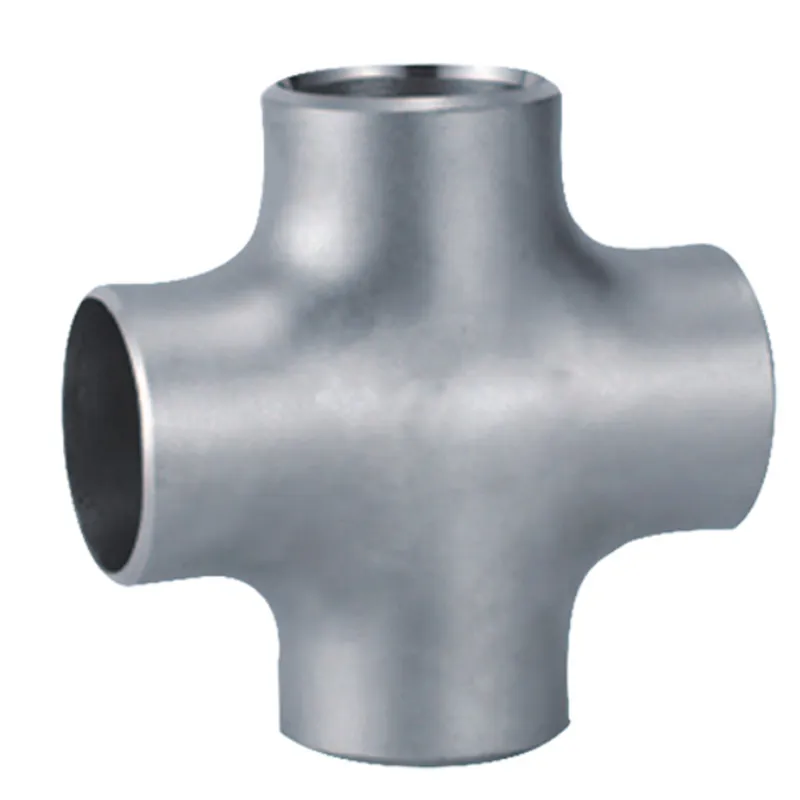-
Cangzhou Yulong Steel Co., Ltd.
-
Phone:
+86 13303177267 -
Email:
admin@ylsteelfittings.com
- English
- Arabic
- Italian
- Spanish
- Portuguese
- German
- kazakh
- Persian
- Greek
- French
- Russian
- Polish
- Thai
- Indonesian
- Vietnamese
- Zulu
- Korean
- Uzbek
- Hindi
- Serbian
- Malay
- Ukrainian
- Gujarati
- Haitian Creole
- hausa
- hawaiian
- Hebrew
- Miao
- Hungarian
- Icelandic
- igbo
- irish
- Japanese
- Javanese
- Kannada
- Khmer
- Rwandese
- Afrikaans
- Albanian
- Amharic
- Armenian
- Azerbaijani
- Basque
- Belarusian
- Bengali
- Bosnian
- Bulgarian
- Catalan
- Cebuano
- China
- China (Taiwan)
- Corsican
- Croatian
- Czech
- Danish
- Esperanto
- Estonian
- Finnish
- Frisian
- Galician
- Georgian
- Kurdish
- Kyrgyz
- Lao
- Latin
- Latvian
- Lithuanian
- Luxembourgish
- Macedonian
- Malgashi
- Malayalam
- Maltese
- Maori
- Marathi
- Mongolian
- Myanmar
- Nepali
- Norwegian
- Norwegian
- Occitan
- Pashto
- Dutch
- Punjabi
- Romanian
- Samoan
- Scottish Gaelic
- Sesotho
- Shona
- Sindhi
- Sinhala
- Slovak
- Slovenian
- Somali
- Sundanese
- Swahili
- Swedish
- Tagalog
- Tajik
- Tamil
- Tatar
- Telugu
- Turkish
- Turkmen
- Urdu
- Uighur
- Welsh
- Bantu
- Yiddish
- Yoruba

Jul . 27, 2024 08:41 Back to list
Understanding DIN 150 Flange Specifications and Their Applications in Industrial Settings
DIN 150 Flange An Overview
Flanges play a crucial role in piping systems, providing the means for pipes to be connected securely while allowing for easy maintenance and inspection. Among various types and standards, the DIN 150 flange holds a significant position in the realm of industrial applications, predominantly within the European market.
Understanding DIN Standards
DIN, short for Deutsches Institut für Normung (German Institute for Standardization), establishes a range of standards that ensure quality and compatibility across various engineering sectors. The DIN 150 flange specifically refers to a flat flange with a calculated diameter based on the nominal pipe size (NPS). This standard aims to provide a uniform specification for the size, thickness, and material properties, ensuring that components can be interchanged safely and reliably.
Specifications of DIN 150 Flanges
The DIN 150 flange typically adheres to the dimensions outlined in various DIN standards, with a focus on substantial structural integrity. The most frequently used variations of flanges under this standard include carbon steel, stainless steel, and alloy steel. These materials are chosen for their mechanical properties and resistance to corrosion, making them suitable for various applications ranging from heating and cooling systems to chemical processing.
The size of a DIN 150 flange often consults the metric system, featuring bolt hole patterns that correspond to the flange's diameter. For instance, the Numax series for flanges showcases a variety of nominal sizes, which ranges from small pipe diameters for domestic applications to larger ones used in industrial setups. The thickness of the flange, also specified under the standard, ensures it can handle varying pressure conditions, which is crucial for maintaining system integrity.
din 150 flange

Applications of DIN 150 Flanges
DIN 150 flanges are widely utilized in various fields. In the chemical and petrochemical industries, they are integral components of piping systems that transport fluid at high pressures and temperatures. Moreover, their adaptability makes them suitable for water treatment plants, HVAC systems, and food processing industries. The flexibility in material choice reflects diverse operational needs, as some environments require high resistance to aggressive chemicals, while others prioritize economic efficiency with basic carbon steel options.
Installation and Maintenance
Proper installation and maintenance of DIN 150 flanges are essential to ensure durability and effectiveness in service. The use of appropriate gaskets is critical to creating a leak-proof seal between flanges. When installing, it’s important to follow a specific torque pattern to avoid uneven pressure distribution, which could lead to flanges warping or bolts loosening over time. Regular inspections and routine maintenance should be performed to check for signs of wear, corrosion, or misalignment.
Conclusion
In conclusion, the DIN 150 flange is a vital component in various industrial applications, celebrated for its robust design and standardization that enhances interoperability across systems. With their diverse material options and compatibility with different industries, these flanges are favored for their reliability and efficiency. Understanding the specifications and proper maintenance practices associated with DIN 150 flanges can significantly impact the longevity and performance of piping systems, making them an indispensable element in modern engineering. As industries continue to evolve, the importance of adhering to such standards remains ever relevant, ensuring safety and effectiveness in fluid transport systems.
Latest news
-
ANSI 150P SS304 SO FLANGE
NewsFeb.14,2025
-
ASTM A333GR6 STEEL PIPE
NewsJan.20,2025
-
ANSI B16.5 WELDING NECK FLANGE
NewsJan.15,2026
-
ANSI B16.5 SLIP-ON FLANGE
NewsApr.19,2024
-
SABS 1123 FLANGE
NewsJan.15,2025
-
DIN86044 PLATE FLANGE
NewsApr.19,2024
-
DIN2527 BLIND FLANGE
NewsApr.12,2024
-
JIS B2311 Butt-Welding Fittings LR/SR 45°/90° /180°Seamless/Weld
NewsApr.23,2024











